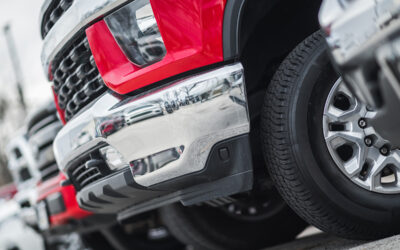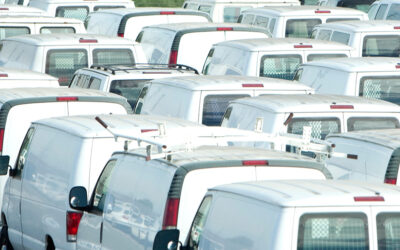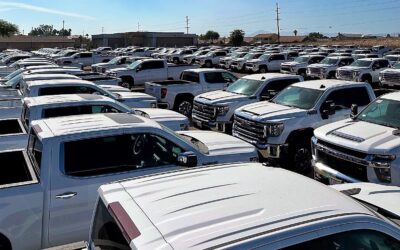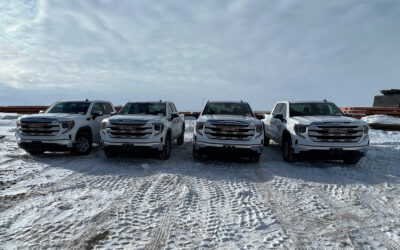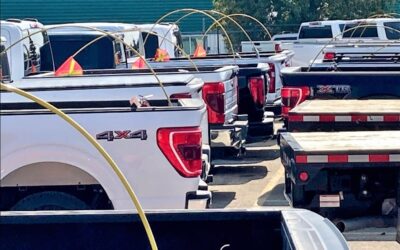The Anatomy of a Truck
Whether you’re new to the trucking business, work on a site with trucks or have been professionally driving for a while now, understanding the components that compose your truck is part of what makes you an expert. Though the specifics vary from vehicle to vehicle, it is crucial to know general truck anatomy in case you ever need to change a tire, check the wiper fluid, or replace a taillight. Once you know the general anatomy of trucks, finding things on your worksite rental trucks will be a breeze. As you and your crew set out to work, review the parts of a truck with new drivers to keep your workplace informed and safe.
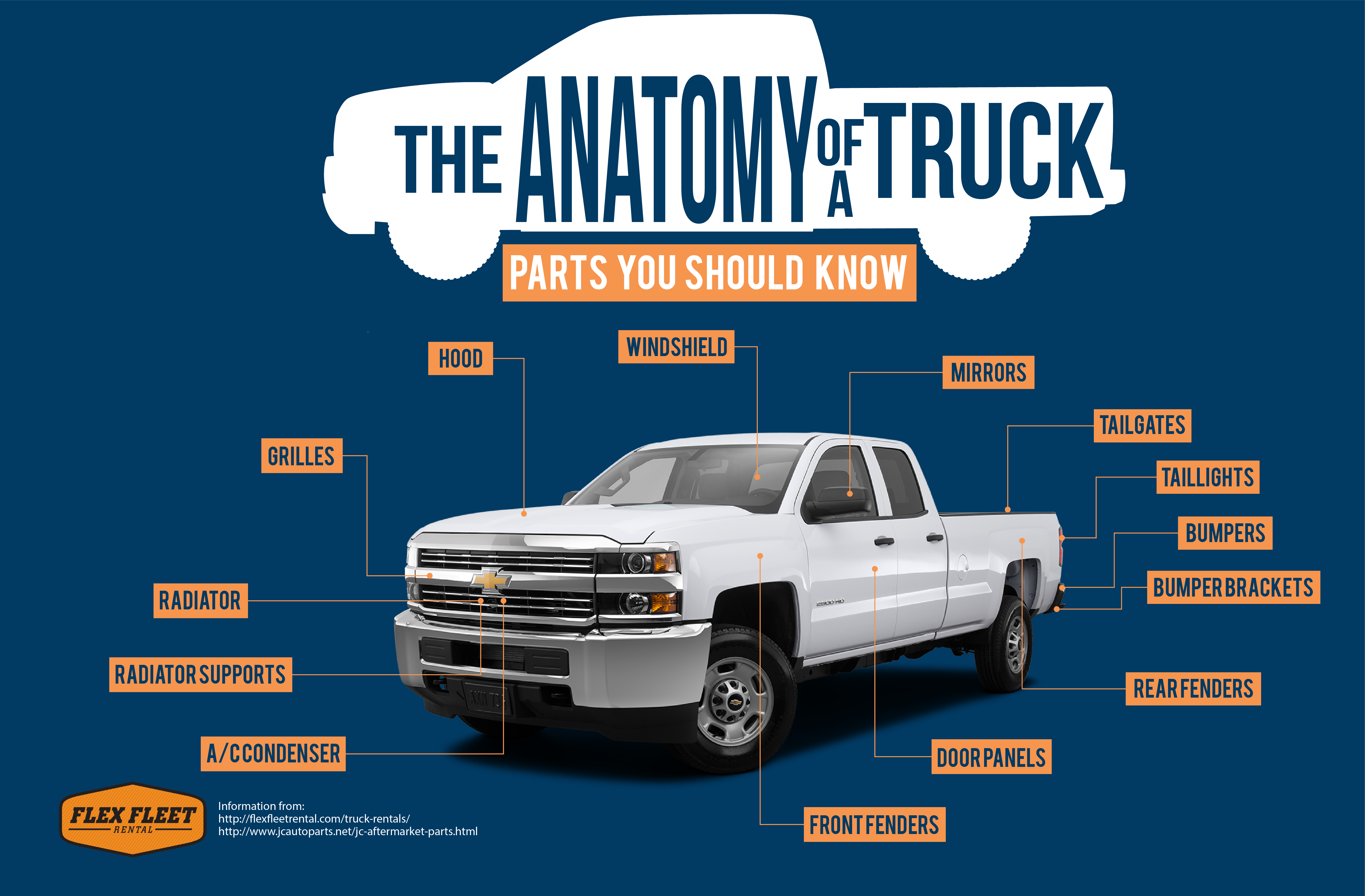
Bed
As one of the most obvious parts of a truck, most people are at least familiar with truck beds. The bed of a pickup is a large open cargo box or hauling surface on the back of a truck. This is a defining feature of pickups and can haul all sorts of materials or cargo of various shapes and sizes. Some of the main parts of a truck bed include:
- Tailgate
- Bumpers and Brackets
- Taillights (brake lights, turn signals, reverse lights, and parking lights)
- Rear Fender
There are regular box-like beds, flatbeds that don’t have walls on any side, and utility beds that have some built-in storage options. There are more specific modifications and subtypes, but these are the main three types of beds that come with a pickup truck.
Cab or Cabin
Next is the truck’s cabin, more commonly called the cab, which is where the vehicle is operated. The cab is a closed space where the driver sits (and the passenger) and sometimes even has built-in sleeping compartments for long-haul truckers. The main components of the cab are the door panels, the seats, and the windshield.
A regular cab (or single cab) will only have one row of seats for 2-3 passengers. A crew cab is a bit larger with a full-size back seat and 4 full-size doors. Then there’s an option in-between, the extended cab, which has a full-sized front row and a smaller back-row seat.
There are also two primary designs used when it comes to engine placement and shape:
- Cab Over Engine (COE). Also known as a flat nose, the driver is seated on top of the front axle and the engine. These are more common in Europe where there are different regulations for truck dimensions. These tend to have a better turning function though they are not as safe as conventional cabs.
- Conventional cabs. These designs have the driver seated behind the engine, just like in your typical car. The large version of conventional cabs, or a long nose, have a longer nose and a square shape; they also tend to use more fuel and have less visibility. The aerodynamic cabs have sloped hoods instead and are meant to reduce drag.
Front End
The front end of the truck is made up of some of the most essential components of a truck, especially everything under the hood. Anything you see beneath the base of the front windshield is considered part of the front end of a truck, including:
- Hood
- Engine
- Radiator & Supports
- A/C Condenser
- Grill
- Headlights
The hood or engine cover is how you access the internal mechanics of the truck, such as the engine (which can be gas or diesel). Engines are the heart of a truck that keeps your vehicle running, but the hood gives you access to all kinds of important parts, like engine oil, transmission fluid, brake fluid, power steering fluid, etc.
Then there is the grill of the truck, which acts as a vent to allow air to move in and out of the vehicle. Behind the grill are the radiator and supports, the A/C condenser, and also the horn most of the time. Then of course we have the front bumper, headlights, parking lights, signal lights, etc.
Chassis
Finally, there’s the chassis, which you can think of as the skeleton or backbone of a truck. The chassis is the frame and the running gear (such as the suspension, axles, and driveshafts), and sits under the bed, cab, and front end. To visualize the chassis, imagine a ladder: it has two parallel beams and a lot of crossbars that support the axles, engine, cab, fuel tank, and batteries of a truck.
For larger trucks, especially ones that are meant to haul heavier cargo or equipment, the chassis will also be beefier to ensure there’s a solid foundation for the rest of the truck. The size of the chassis will determine the size of the truck.
Rent with Summit Fleet
Drivers and other truck users play a huge role in the transportation industry, which means they should also have a handle on the anatomy of a truck. Knowing a truck inside and out is the best way to prevent problems on the road, practice safety to the max, and fully utilize your vehicles for effective runs and deliveries.
With the basics covered, you’re ready to get driving. Summit Fleet is the best source for truck rentals, with competitive rates for either business or personal use. No matter your fleet size, location, or other factors, we can get you the vehicles you need to complete your objectives. Get a rate for a truck rental today or view the rental options if you aren’t sure what you need.
